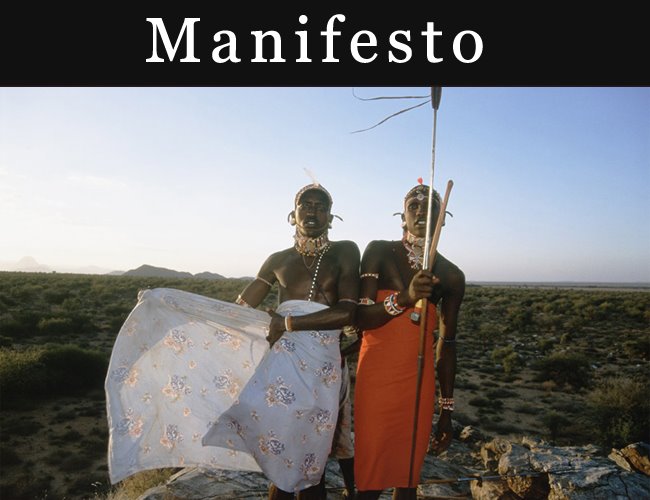
The exhibition Contested Terrains features four artists; Kader Attia,Sammy Baloji, Michael MacGarry and Adolphus Opara. Four artists all working in present day Africa.
Their work engages with ideas of history and identity, that in Africa,have long been shaped by the claims and disputes of conflicting ideological and economic interests.
Sammy Baloji uses photography to explore the histories, present day realities and contradictions inherent in the formation of his homeland, the Democratic Republic of Congo.In his photomontages , he superimposes archival images of European officials and Congolese labourers (who built the mine's once imposing industrial sites ) onto contemporary photographs that highlight their current state of decline and ruin The remnants and realities of industrialisation and global trade.
These artists reveal that history is more than a straightforward succession of events and that the present remains contested terrain.
Elise Godsell
Contested Terrains
Tate Modern
London.
Until 16 October 2011
Not to be missed.
Manifesto: a means of expression






